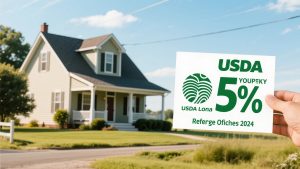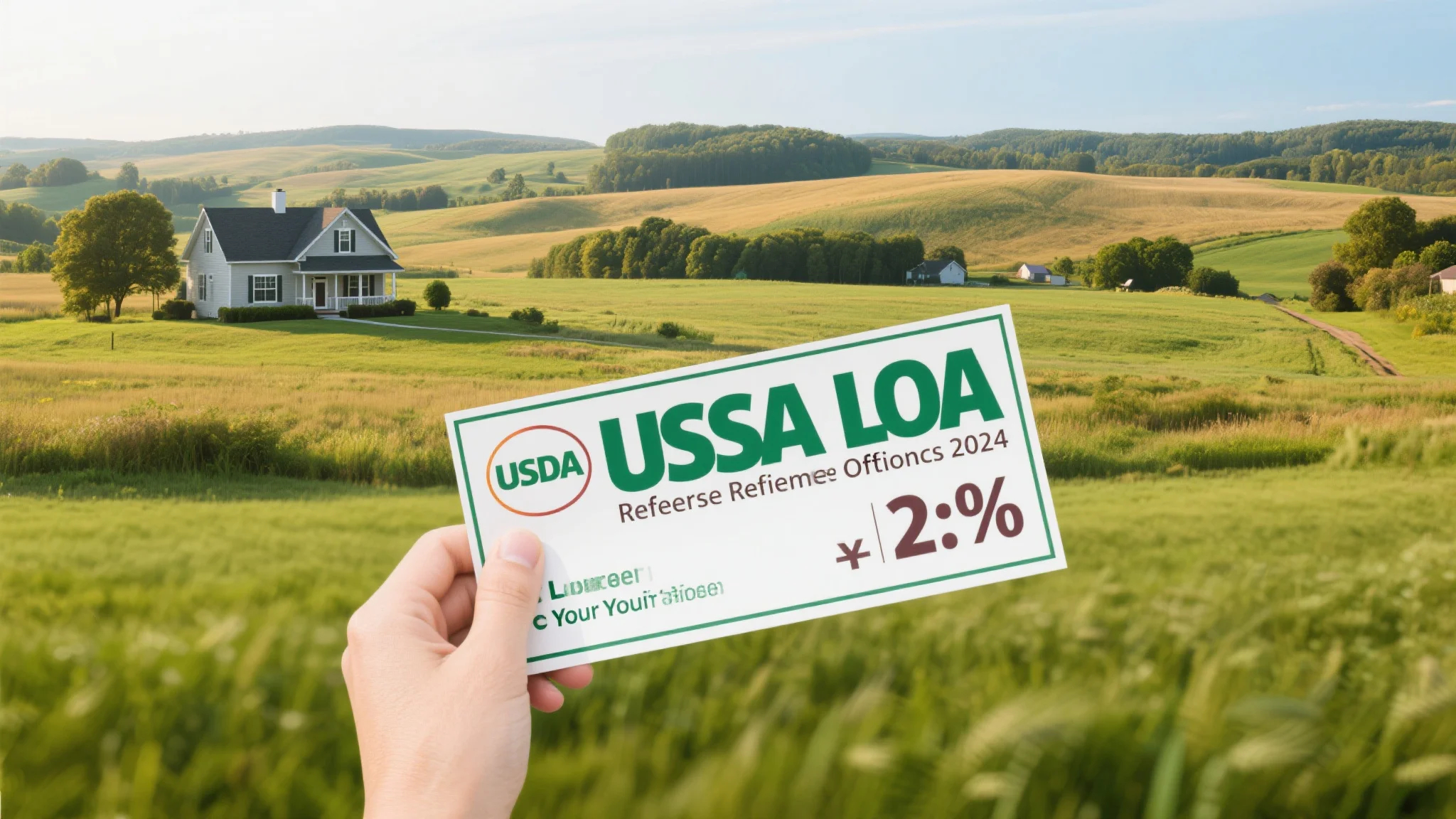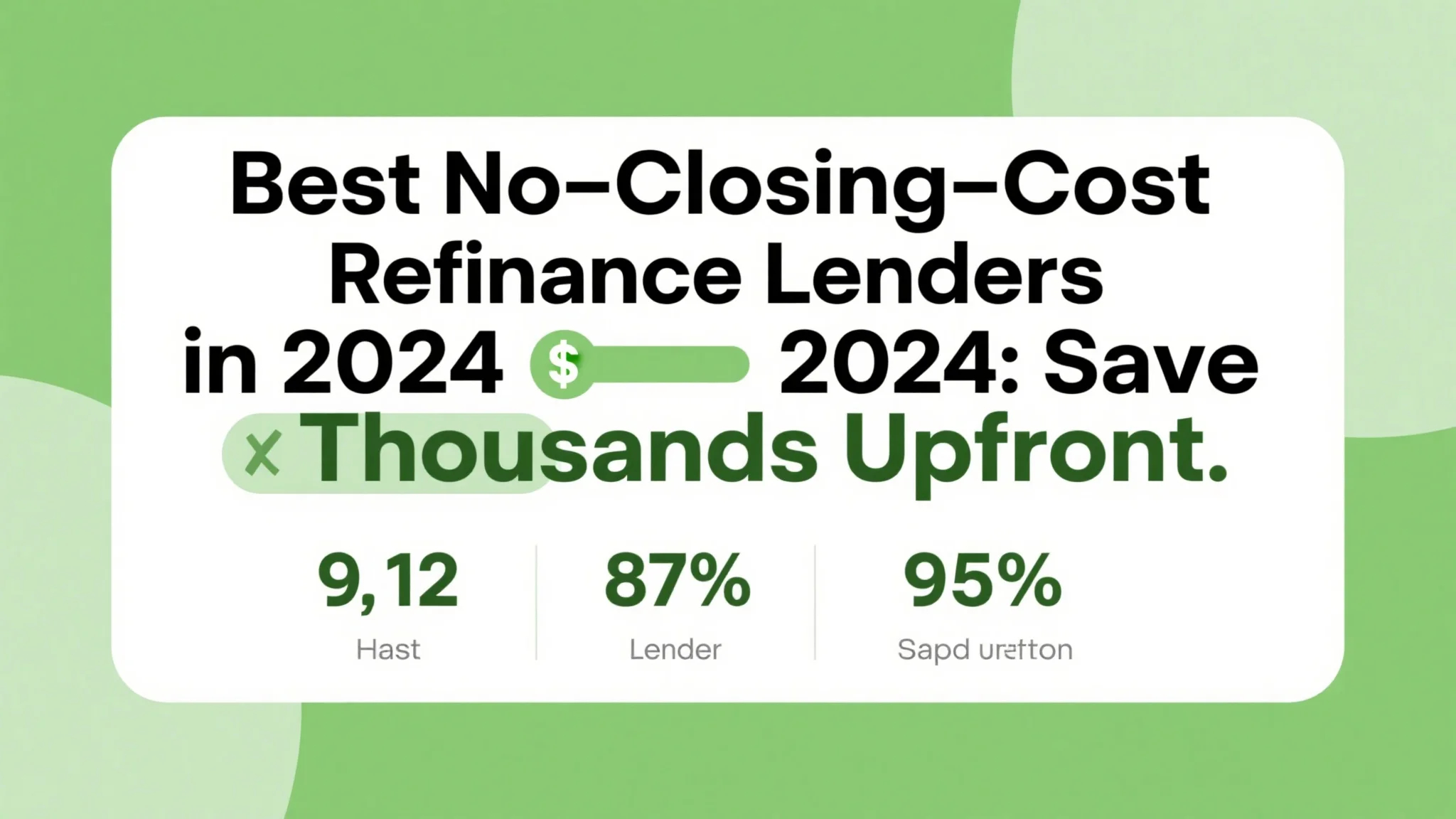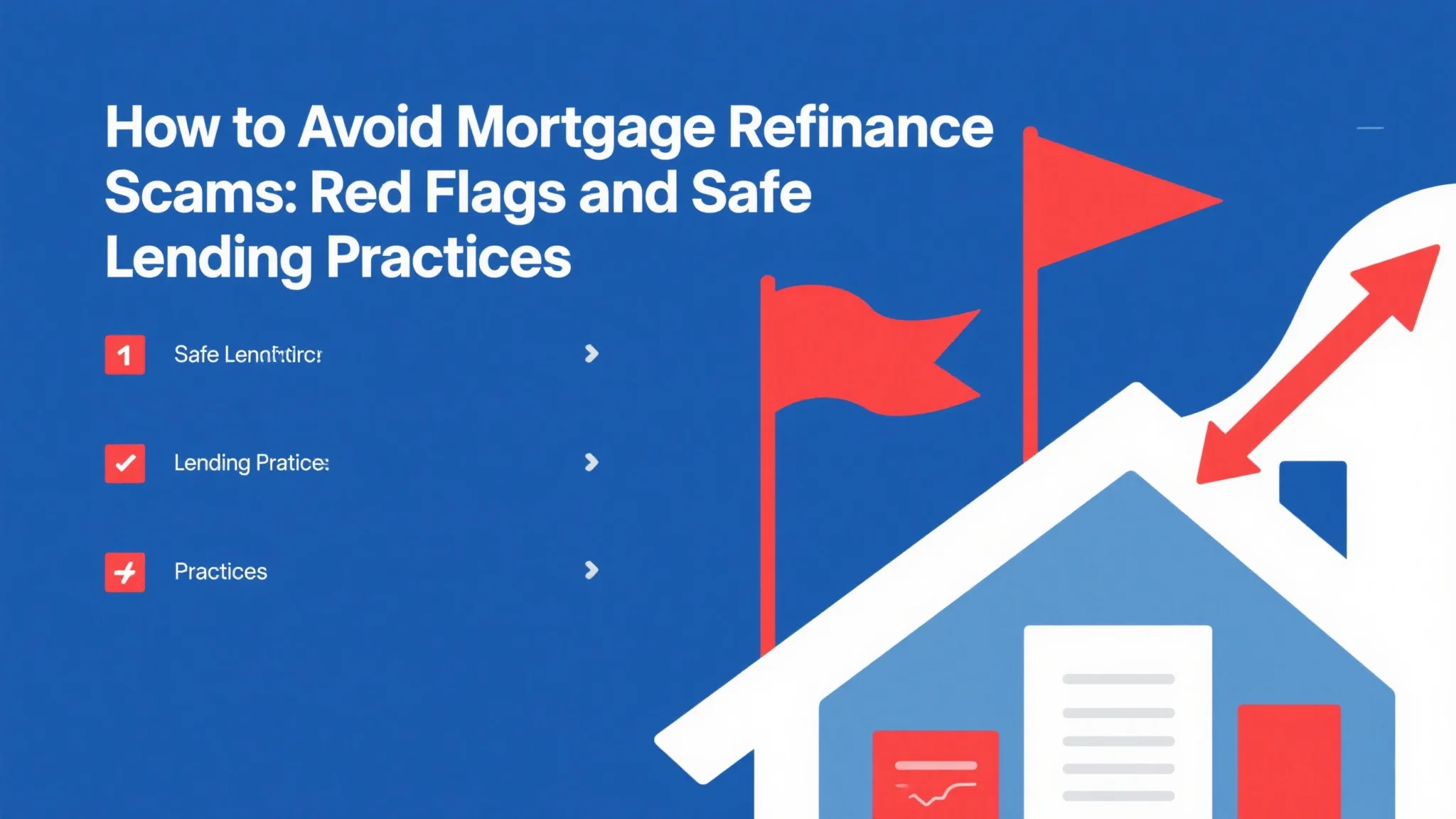Understanding USDA Streamline Refinance Options in 2024
For homeowners with USDA mortgages, 2024 presents unique opportunities to lower your interest rates through specialized refinancing programs. The USDA streamline refinance program, officially known as the USDA Rural Development Guaranteed Housing Loan Program, offers rural homeowners a simplified path to better loan terms without the extensive paperwork typically required for conventional refinancing. This government-backed initiative continues to help thousands of Americans reduce their monthly housing costs while maintaining the benefits of their original USDA loan.
The current economic climate has created ideal conditions for considering a rural home loan rates adjustment. With inflation stabilizing and the Federal Reserve potentially lowering benchmark interest rates later this year, locking in a reduced rate now could save you tens of thousands over the life of your loan. Unlike conventional refinancing that often requires full income verification and credit checks, the USDA’s streamlined process focuses primarily on your payment history, making it accessible even to borrowers who might not qualify for traditional refinancing options.
Current Trends in USDA Mortgage Refinance Rates
As we move through 2024, USDA mortgage refinance rates remain historically competitive compared to other loan products. While rates fluctuate daily based on broader economic indicators, USDA loans typically offer slightly better terms than comparable FHA or conventional loans due to their government guarantee. This advantage becomes particularly significant when refinancing, as even a modest 0.5% reduction in your interest rate can translate to substantial long-term savings on a 30-year mortgage.
The unique structure of USDA loans means that refinancing options differ from what you might find with conventional mortgages. Unlike standard refinancing that requires reappraisal and full underwriting, the USDA’s streamlined program allows qualified borrowers to refinance with minimal documentation. This streamlined approach not only saves time but also reduces closing costs, making it an economically smart choice for homeowners looking to improve their financial position without upfront expenses.
Eligibility Requirements for 2024 USDA Refinancing
To qualify for USDA streamline refinance in 2024, borrowers must meet several key criteria. First and foremost, your existing mortgage must already be a USDA-backed loan. The program isn’t available for converting conventional loans into USDA loans—it’s specifically designed to help current USDA borrowers secure better terms. Additionally, you’ll need to demonstrate a solid payment history, typically requiring at least 12 consecutive on-time payments before applying for refinancing.
Your home must still serve as your primary residence to maintain eligibility for rural home loan rates through USDA programs. Investment properties and vacation homes don’t qualify for these specialized refinancing options. The property itself must continue to meet USDA location requirements, meaning it must be situated in a designated rural area as defined by USDA guidelines. While these geographic boundaries occasionally change, the USDA provides online tools to help homeowners verify their property’s eligibility status before beginning the refinancing process.
Financial Benefits of Refinancing Your USDA Loan
The potential savings from a USDA mortgage refinance can be substantial, particularly if you originally secured your loan during a period of higher interest rates. Many homeowners who obtained USDA loans between 2018 and 2022, when rates were climbing, stand to benefit significantly from today’s more favorable conditions. By reducing your interest rate by just 1%, you could save hundreds per month and thousands over the life of your loan, freeing up cash for other financial priorities.
Beyond the obvious interest savings, USDA refinancing often comes with lower closing costs compared to conventional refinancing options. The program limits certain fees and doesn’t require a new appraisal in most cases, keeping out-of-pocket expenses manageable. Some lenders even offer no-closing-cost refinancing options for USDA loans, rolling the fees into your new loan balance rather than requiring upfront payment. This feature makes refinancing accessible even to homeowners who might not have significant cash reserves available for traditional closing costs.

Navigating the USDA Refinance Process
Initiating a USDA streamline refinance begins with finding an approved USDA lender familiar with the program’s specific requirements. Not all mortgage companies handle USDA loans, so it’s important to confirm a lender’s experience with these specialized products before applying. Once you’ve identified potential lenders, you’ll want to compare not just interest rates but also estimated closing costs and any lender-specific fees that might apply to your refinance.
The documentation required for rural home loan rates refinancing is typically less burdensome than for a new mortgage application, but you’ll still need to provide proof of income, homeowners insurance, and possibly evidence of your property’s continued eligibility. The streamlined nature of the program means underwriting focuses primarily on your payment history rather than conducting a full financial reassessment. This approach can lead to faster approval times—often within 30-45 days—compared to conventional refinancing that might take 60 days or more.
Long-Term Considerations for USDA Refinancing
While the immediate benefits of a USDA mortgage refinance are often clear, it’s important to consider the long-term implications before proceeding. Extending your loan term back to 30 years, for example, might lower your monthly payments but increase your total interest paid over time. Many financial advisors recommend maintaining your original payoff schedule or even accelerating payments after refinancing to maximize your savings potential.
Your refinanced USDA loan will come with a new guarantee fee, similar to the upfront fee you paid on your original mortgage. This cost, typically around 1% of your loan amount, gets rolled into your new balance rather than requiring cash at closing. While this adds slightly to your debt, the fee is substantially lower than private mortgage insurance requirements on conventional loans, preserving one of the USDA program’s most valuable benefits. Careful consideration of these factors will help ensure your refinancing decision aligns with both your immediate financial situation and long-term homeownership goals.






